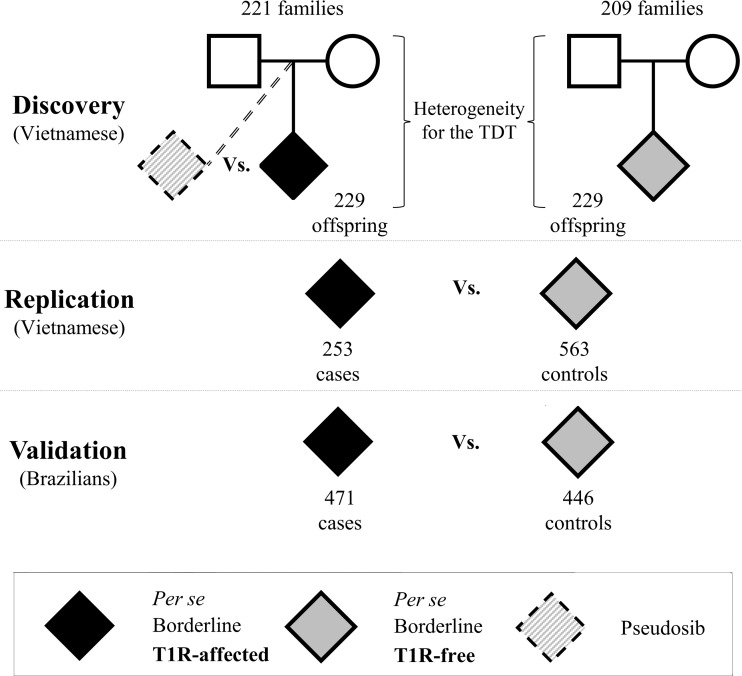Fig 1. Study design to identify genetic variants associated with T1R in three independent samples.
In all samples T1R-affected subjects were matched with T1R-free subjects according to their clinical sub-type of leprosy. For the discovery phase, two sets of families with leprosy-affected offspring (T1R-free or T1R-affected) were selected from our records of Vietnamese leprosy families. A transmission disequilibrium test (TDT) was used to evaluate the non-random transmission of alleles from parents to offspring in the T1R-affected and T1R-free families independently. Next, a formal heterogeneity test was used to contrast the associations in the two family sets and to identify specific associations with the T1R-affected subset. Odds ratios were estimated by conditional logistic regression using the un-transmitted allele as a pseudosib control and compared to the actual offspring case in a matched case-control design. Subsequently, we recruited independent leprosy cases from Vietnam and Brazil for replication and validation of associations in the discovery phase. In these population-based case-control designs T1R-affected were compared with T1R-free subjects using a logistic procedure with adjustment for age at leprosy diagnosis and gender.

